At long last, this classic treatise on Baroque and Counter-Reformation sacred art has been translated from the original Spanish for the first time, and how it could inspire a 21st century equivalent!
When I was studying the academic method – a method of drawing and painting naturalistically which was used by the Spanish baroque masters of the 17th century, there was always some gloom about the school (in Florence, in Italy). Certainly, we were excited to learn to draw and paint with such rigor – most students were able very quickly to create charcoal drawing of the standard of this cast drawing which I did in my first semester there.
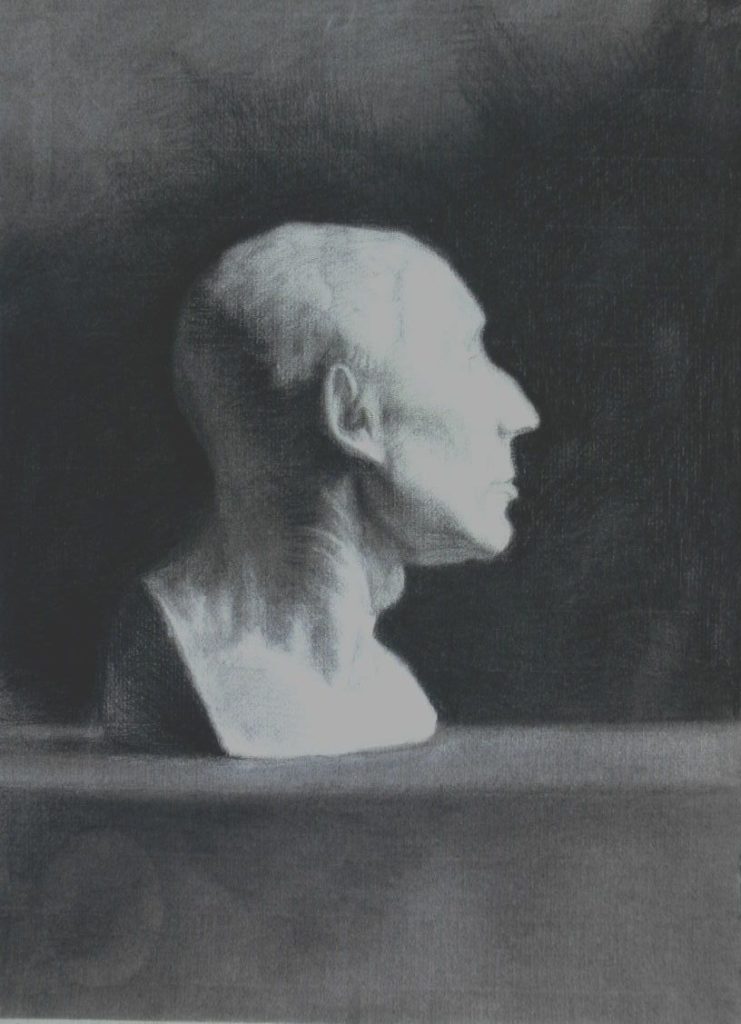
The gloom arose because we were also aware that our efforts were inferior to these great Masters of the past. We were all doing research and additional reading in the hope of learning some hidden secret that would open the door to painting like Velazquez. Velazquez was the artist we admired most.
At some point it ocurred to me that perhaps all this research was misdirected. What we ought to be trying to understand is how Velazquez was trained. If we could find information about his teacher what he taught him then perhaps we might be able to apply those lessons to our ourselves! In my research I discovered that there was some information on Velazquez’s teacher, he was someone called Francisco Pacheco. What is more, Pacheco wrote a book about painting and the vocation of a Christian artist, Arte de la Pintura, published posthumously in 1649. Pacheco it turns out was a better teacher than he was an artists, but as a teacher he was highly influential. The only problem was that apart from small (and tantalisingly good) excerpts, it had never been translated into English.
Well, this has now changed! Recently, I wrote recently about Tiepolo’s painting of the Immaculate Conception which we know is based upon Pacheco’s description of the prototype in this book, and expressed my frustration in not being able to find an English translation. A reader notified me of the publication of a first translation of the largest part of Pacheco to English – amounting to over 300 pages – by St Joseph’s University Press, Philadelphia. Thank you! You know who you are! I ordered the book and my copy arrived just this past week. It is a beautiful book with over 120 color reproductions.
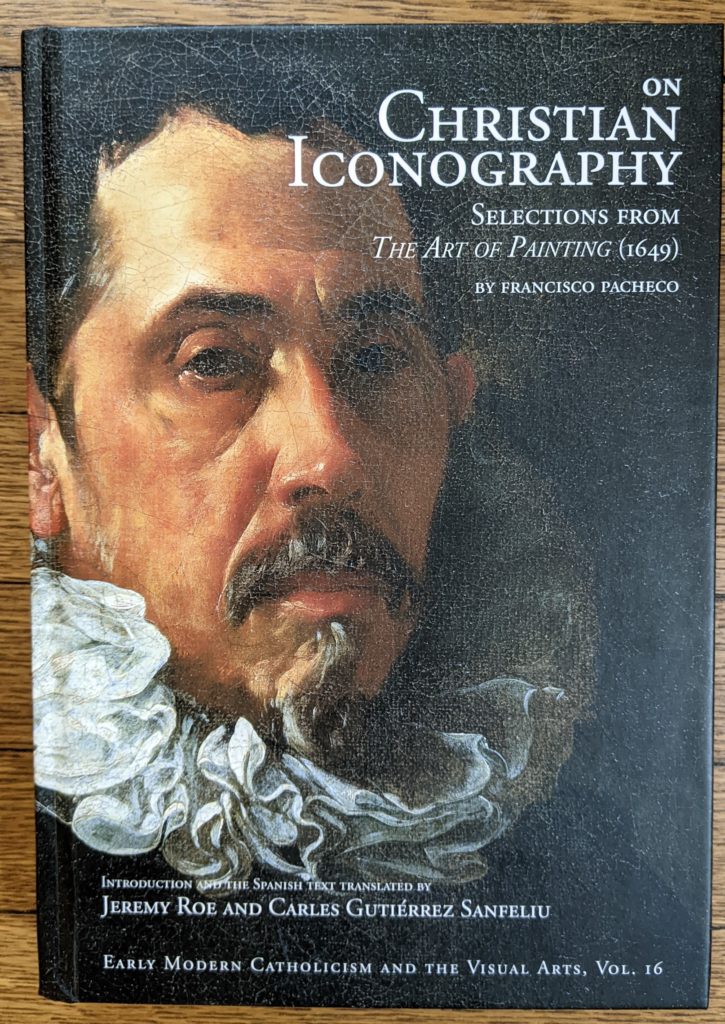
Pacheco was concerned with two main projects. The first is ‘decorum’ which, the translator’s introduction explains, is the consideration of how to paint sacred images with ‘historical verisimilitude, and perspicuity’. That is, with content that reflects the truth as handed on to us by Tradition, and which is in a visible form that is accessible to all the faithful and not just educated elites. Several dozen of such prototypes are described, including the Immaculate Conception (referred to as the ‘Most Pure’ Conception of Our Lady. The selection includes many of the main feasts of the Church, and prominent saints.
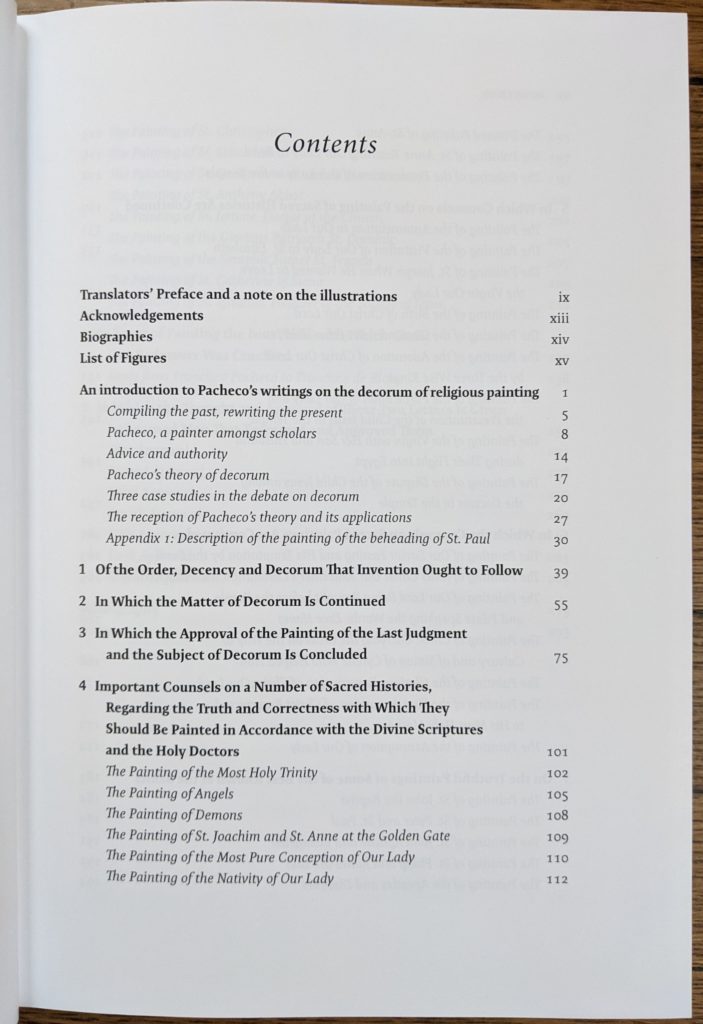
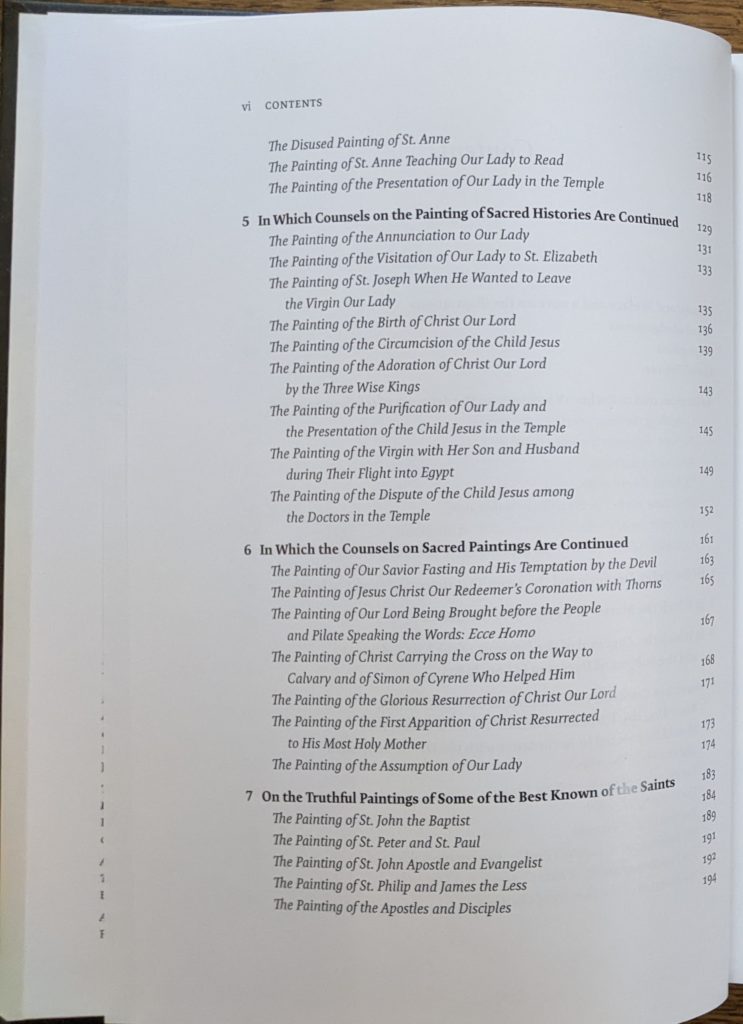
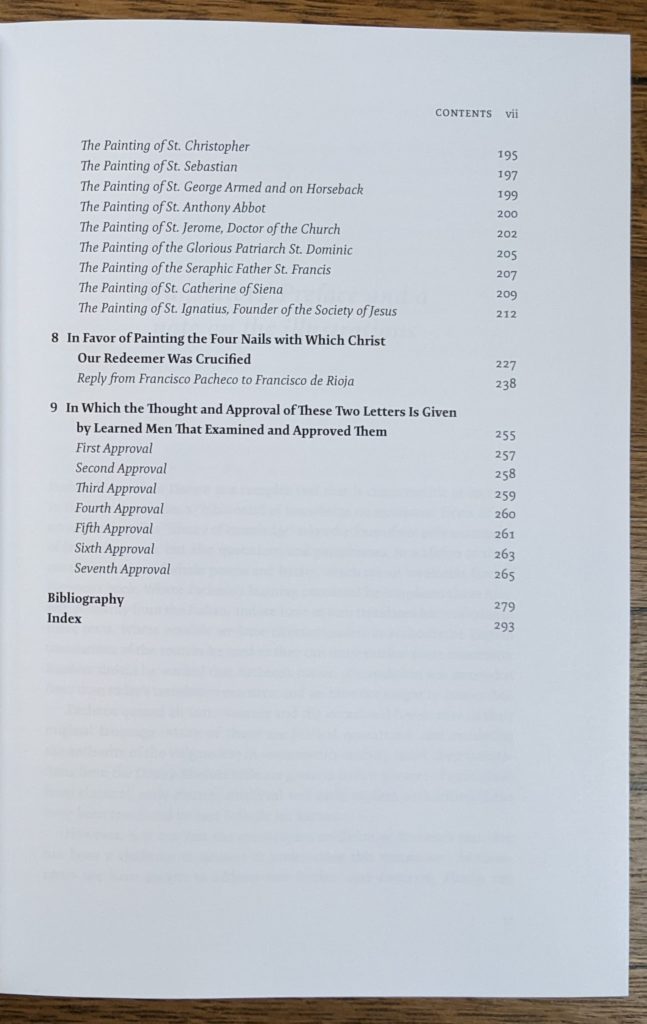
Secondly, the treatise sought to ‘defend the intellectual status of painters and painting…as a liberal or noble art’.
The translator goes on to explain further:
Pacheco’s work was not conceived as an abstract recondite endeavour but is intended to have practical applications, such as the promotion of artists social status and what might loosely be termed the advancement of the arts more broadly…addressed not only to painters, but also to patrons and intellectuals.
This is important, I would say. Part of my own mission, in addition to trying to promote the training high quality artists who can serve the Church today, is to raise the status of painting as a profession equal in stature to, say, architecture. This will, in turn, help to raise the standard of art by changing the attitude of patrons to the role of the artist so that they are paid at a level that is appropriate to a profession.
In regard to the illustrations, the translators write in the preface that:
It is essential to highlight that Pacheco’s treatise was published without any visual component. Besides the fact that we offer here only a part of Pacheco’s much longer treatise the 123 illustrations that accompany this book transform it into something far removed from Pacheco’s time.
They go on to say that the selection of those illustrations were based upon three key points. First wherever possible those works cited by Pacheco; second, works that illustrate the arguments and addressed by Pacheco
…Finally we have also included images that diverge from Pacheco’s views for two reasons. Firstly to highlight the artistic or cultural issues that Pacheco responded to. Secondly, we have sought to underscore with visual evidence that fact that Pacheco’s views were by no means the authoritative opinion of his day, but instead a part of a more complex discourse on art that evolved in the distinctive cultural environments of the cities and regions of Spain.
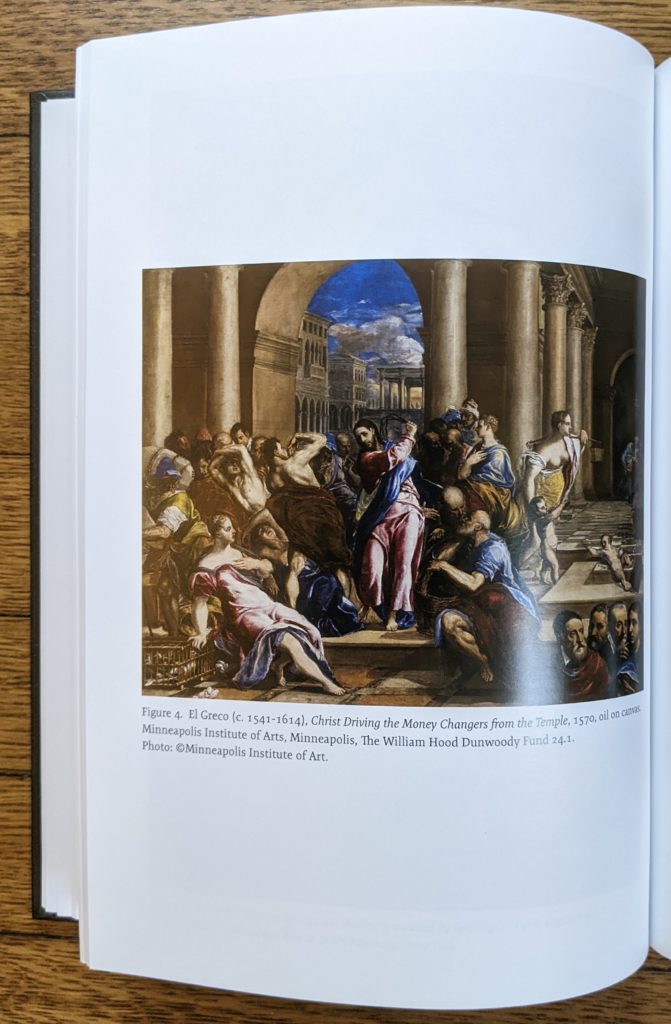
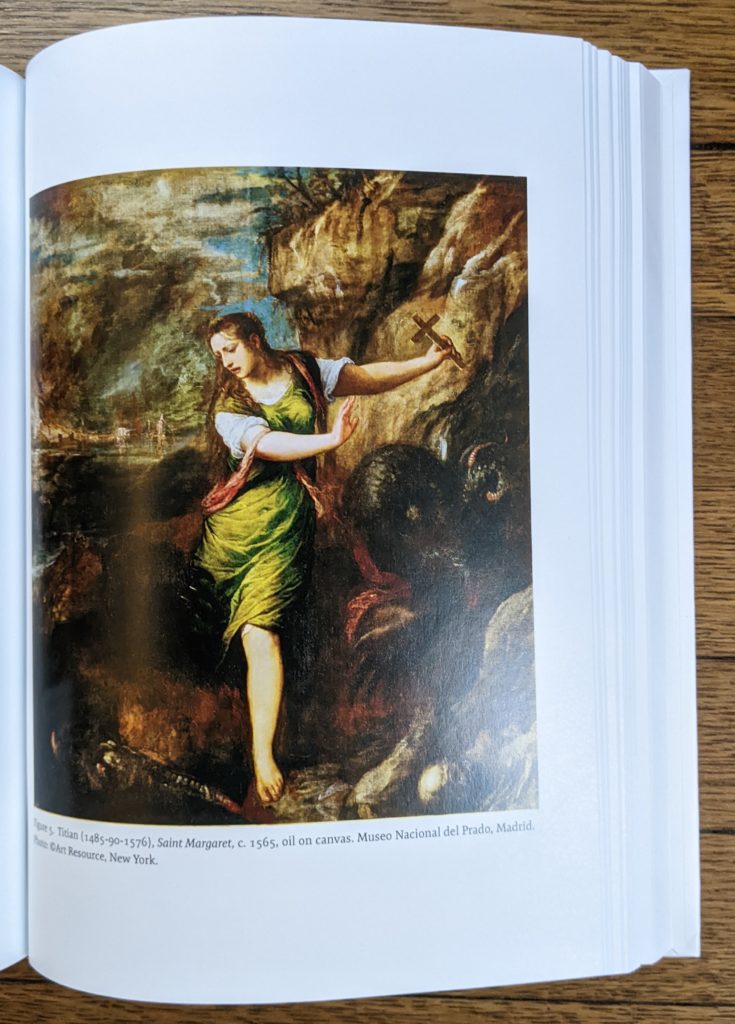
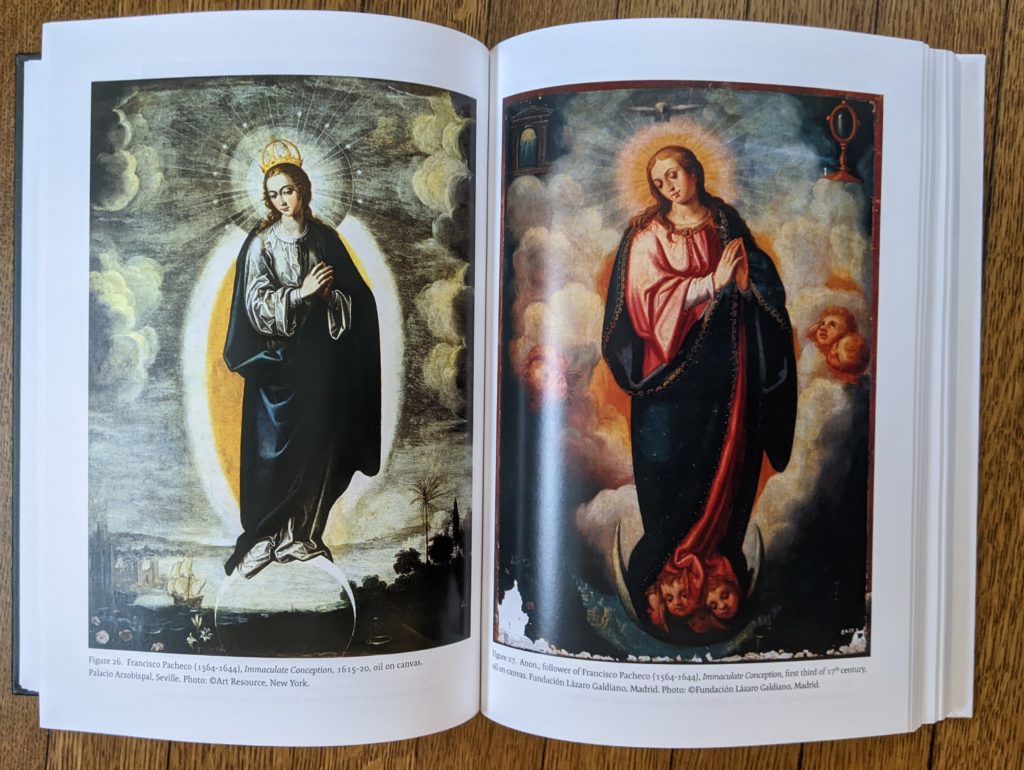
My interest in this book is not so much driven by the desire to replicate the art of the past. Rather, I want to understand how how can we learn from what the artists of the time did and how they were taught. The hope is that we can re-establish a contemporary form of naturalistic sacred art which contains the balance of idealism and naturalism appropriate to Christian sacred art, and which speaks to the Church of today in worship as powerfully as the baroque did in its day. An awareness of the different discussions going on in the period of the Catholic Counter-Reformation is therefore more useful to this end than discovering a simple template of the past which we replicate unthinkingly today.
Pacheco is of interest in this regard because in many ways a father figure of many of the Spanish school of baroque naturalism, teaching many great figures in addition to Velazquez, such as Alonso Cano. He was, incidentally, literally the father-in-law of Velazquez himself.
I will offer a more detailed review in a few weeks’ time. I know some will not want to wait that long and so if you want to go ahead and order yourselves now, here are the details and the publisher’s description.
There is something very concrete that could come out of this. It has often occured to me that we need a book that outlines for today’s Church, the iconography of the feasts of the Church, along with a schema of how to arrange the images in a church or home icon corner. This will be a guide to priests, patrons and families. I have a principle that if I think I can do something at least as badly as anyone else, I might as well do it myself. So in the absense of anything authoritative today, perhaps this will be my next book project!
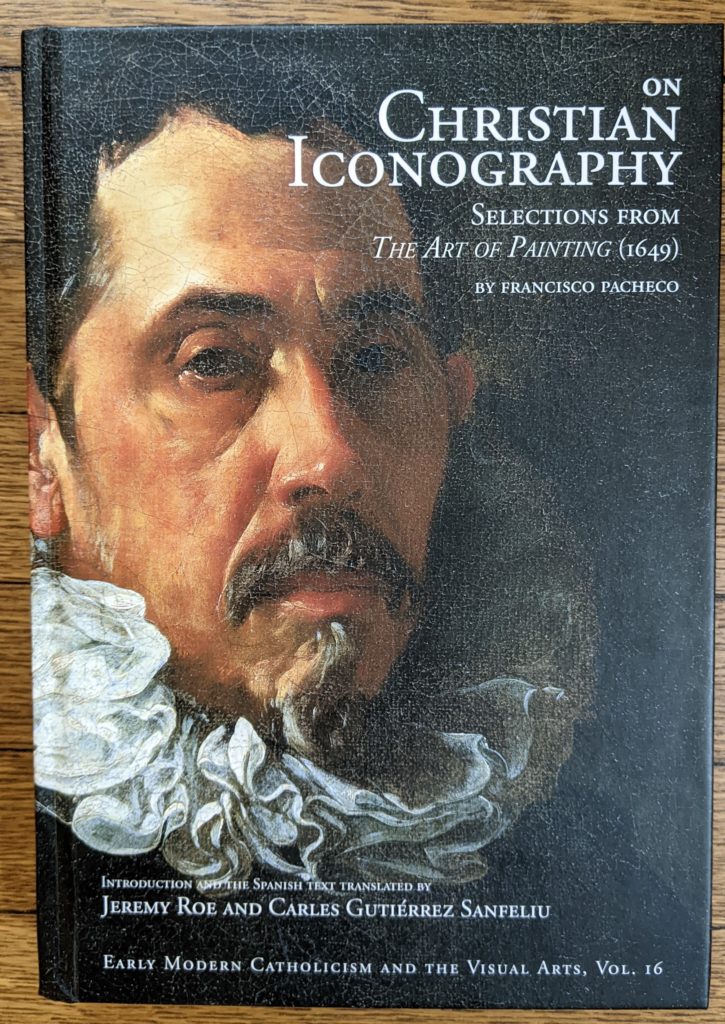
David Clayton is Scala Foundation’s Artist-in-Residence, and Provost of Pontifex University which offers the unique program the Master of Sacred Arts. His books on art and culture are: The Way of Beauty: Liturgy, Education, and Inspiration for Family, School, and College; Painting the Nude: The Theology of the Body and Representation of Man in Christian Art; His books on prayer and the spirituality of creativity are: The Vision for You – How to Discover the Life You Were Made For is available here; The Little Oratory – A Beginner’s Guide to Praying in the Home.
From the Baroque | David Clayton | Immaculate Conception | Pacheco | Sacred Art | Tiepolo | Velazquez series
View more Posts